A Blood Glucose Monitoring System typically includes:
✔ Glucose Meter – A digital device that analyzes blood sugar levels
✔ Test Strips – Disposable strips that react to a small blood sample
✔ Lancing Device & Lancets – A small tool used to prick the fingertip for a blood sample
✔ Memory Storage – Stores past readings for tracking trends
These systems provide quick and accurate readings, helping individuals and healthcare providers make informed decisions about diabetes management.
Key Features of a Blood Glucose Monitoring System
✔ Fast & Accurate Results – Get readings in seconds
✔ User-Friendly Design – Simple one-touch operation for all users
✔ Small Blood Sample Required – Minimal discomfort with precise measurements
✔ Memory & Data Tracking – Stores previous readings for better diabetes management
✔ Portable & Compact – Easy to carry and use anywhere
✔ Alternative Site Testing – Some models allow testing from the palm or forearm instead of fingertips
✔ Bluetooth Connectivity (Optional) – Syncs with mobile apps for digital tracking
Advantages of Using a Blood Glucose Monitoring System
🔹 Helps Manage Diabetes Effectively – Monitor highs and lows in blood sugar levels
🔹 Reduces Risk of Complications – Prevents hypoglycemia, hyperglycemia, and related issues
🔹 Allows Quick Adjustments – Helps users modify diet, insulin, and medications based on readings
🔹 Convenient & Portable – Test anytime, anywhere without visiting a clinic
🔹 Empowers Users – Provides real-time health insights for better diabetes control
Specifications
- Measurement Range: 20-600 mg/dL
- Result Time: 5-10 seconds
- Blood Sample Size: 0.5 – 1.5 µL
- Memory Storage: Up to 500+ readings
- Power Source: Battery-operated or rechargeable
- Units of Measurement: mg/dL or mmol/L
A Blood Glucose Monitoring System is an essential tool for diabetes management, providing quick, accurate, and reliable blood sugar readings. Whether for daily monitoring or occasional checks, this device helps users stay in control of their health.
FAQs About Blood Glucose Monitoring System
1. What is a Blood Glucose Monitoring System?
A Blood Glucose Monitoring System is a device that measures blood sugar (glucose) levels. It helps individuals with diabetes track their blood sugar and manage their health effectively.
2. How does a Blood Glucose Monitor work?
✔ A small blood sample is taken using a lancing device.
✔ The blood is placed on a test strip inserted into the glucose meter.
✔ The device analyzes the sample and displays the blood sugar level in mg/dL or mmol/L.
3. Why is blood glucose monitoring important?
✔ Helps in managing diabetes effectively.
✔ Prevents high (hyperglycemia) and low (hypoglycemia) blood sugar levels.
✔ Allows timely adjustments in diet, medication, and insulin.
✔ Reduces the risk of diabetes-related complications.
4. How often should I check my blood sugar levels?
🔹 Type 1 Diabetes: 3-4 times per day or as advised by your doctor.
🔹 Type 2 Diabetes: 1-2 times per day or several times per week, based on medication.
🔹 Gestational Diabetes: As directed by your doctor to prevent complications.
5. What is a normal blood glucose level?
| Condition | Fasting (mg/dL) | After Meals (mg/dL) |
|---|---|---|
| Normal | 70-99 | Less than 140 |
| Prediabetes | 100-125 | 140-199 |
| Diabetes | 126+ | 200+ |
6. How do I use a Blood Glucose Monitor correctly?
✔ Wash hands thoroughly before testing.
✔ Use a new lancet each time for a painless prick.
✔ Apply the blood sample to the test strip correctly.
✔ Wait for the device to display results.
✔ Record readings for better tracking.
7. Why do my glucose readings vary?
Blood sugar levels can fluctuate due to:
✔ Time of day (Morning fasting levels may be higher).
✔ Recent meals or snacks (Carbohydrate intake affects levels).
✔ Physical activity (Exercise can lower blood sugar).
✔ Medication or insulin use.
8. Can I use a Blood Glucose Monitor without test strips?
Most traditional monitors require test strips. However, some advanced continuous glucose monitoring (CGM) devices do not need strips and use a sensor placed under the skin.
9. Can I use blood from areas other than my fingertips?
Yes! Some glucose monitors allow alternative site testing (AST), such as the forearm or palm. However, fingertip testing is generally more accurate during rapid blood sugar changes.
10. How do I store my test strips and device?
✔ Keep strips in their original container and tightly closed.
✔ Store in a cool, dry place, away from humidity and direct sunlight.
✔ Do not use expired test strips, as they may give inaccurate readings.
11. Can dehydration affect blood glucose readings?
Yes! Dehydration can lead to higher blood sugar readings. Drink enough water to maintain proper hydration levels.
12. Do I need a prescription to buy a Blood Glucose Monitoring System?
No, most blood glucose monitors are available over the counter, but some insurance plans may cover them with a doctor’s prescription.
13. How do I maintain my Blood Glucose Monitor?
✔ Clean the meter regularly with a dry cloth.
✔ Change batteries when needed.
✔ Ensure test strips are not expired for accurate results.
14. Where can I buy a reliable Blood Glucose Monitoring System?
At 1 Ten Supplies, we offer accurate, FDA-approved Blood Glucose Monitors with fast delivery and customer support.
💙 Take charge of your diabetes – Order now with FREE DELIVERY!

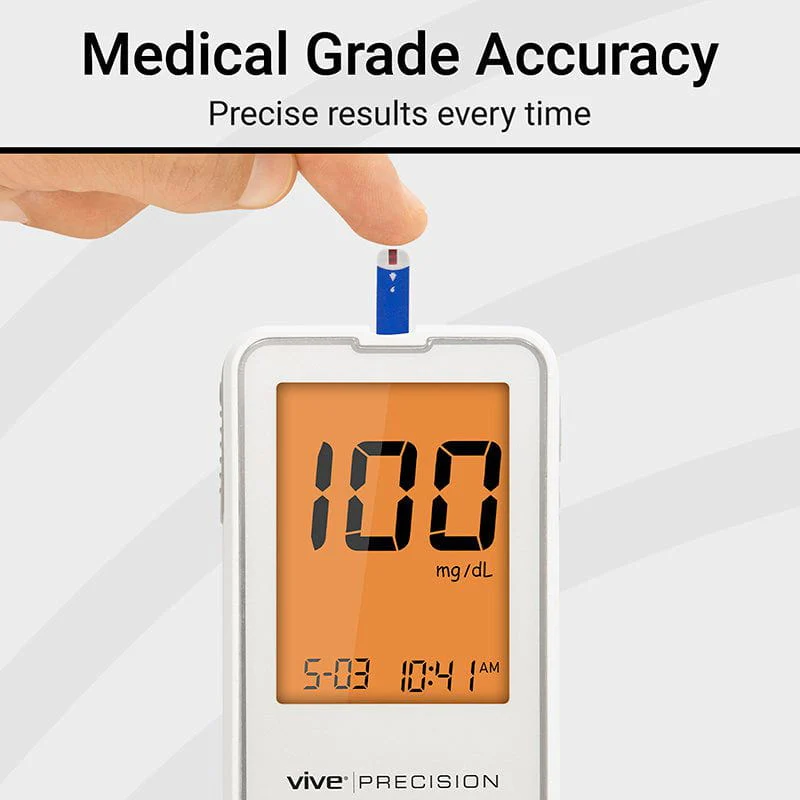
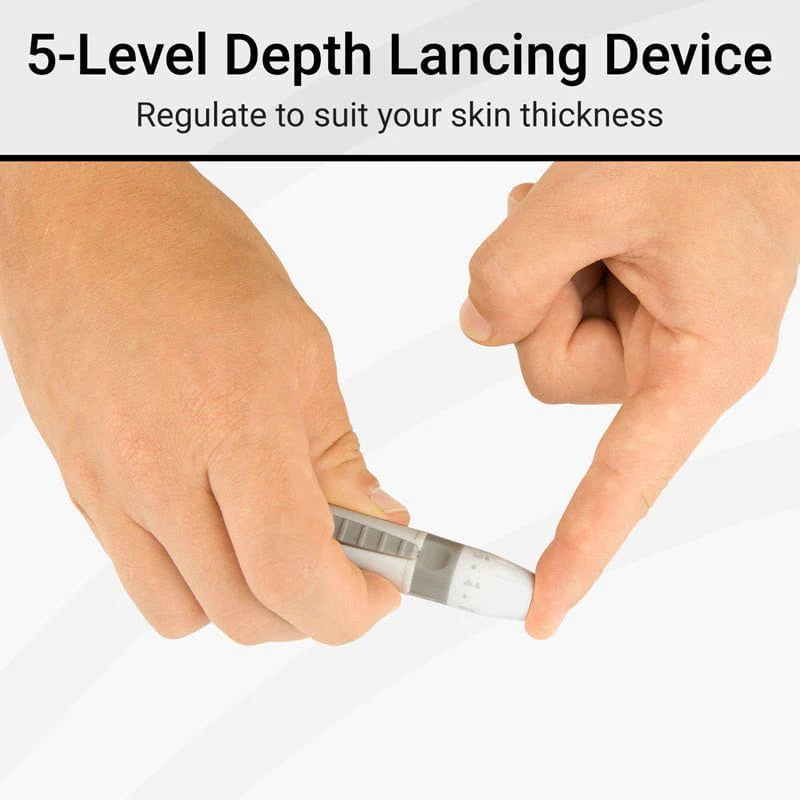
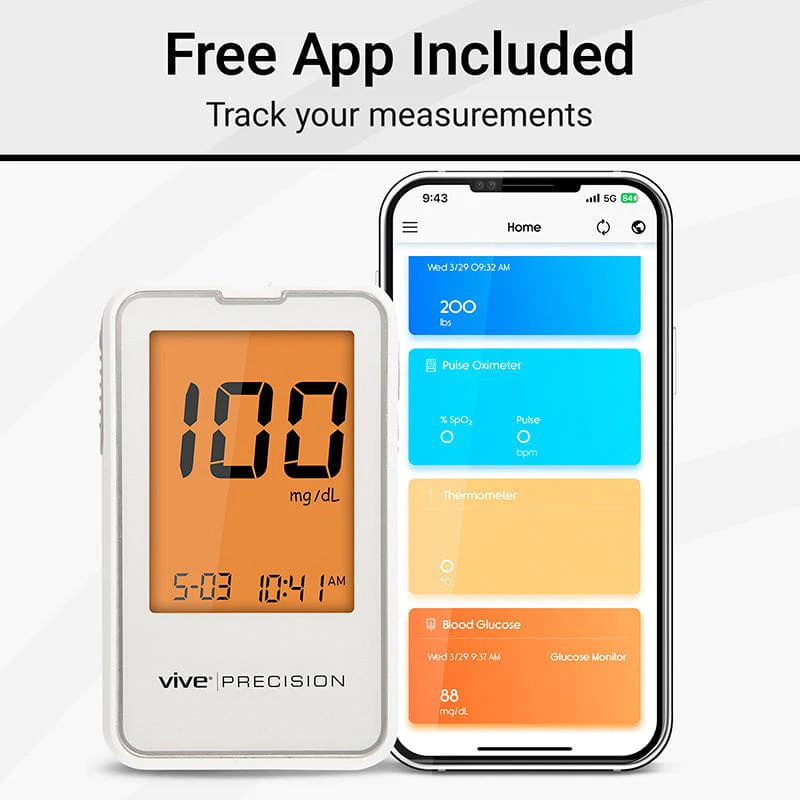
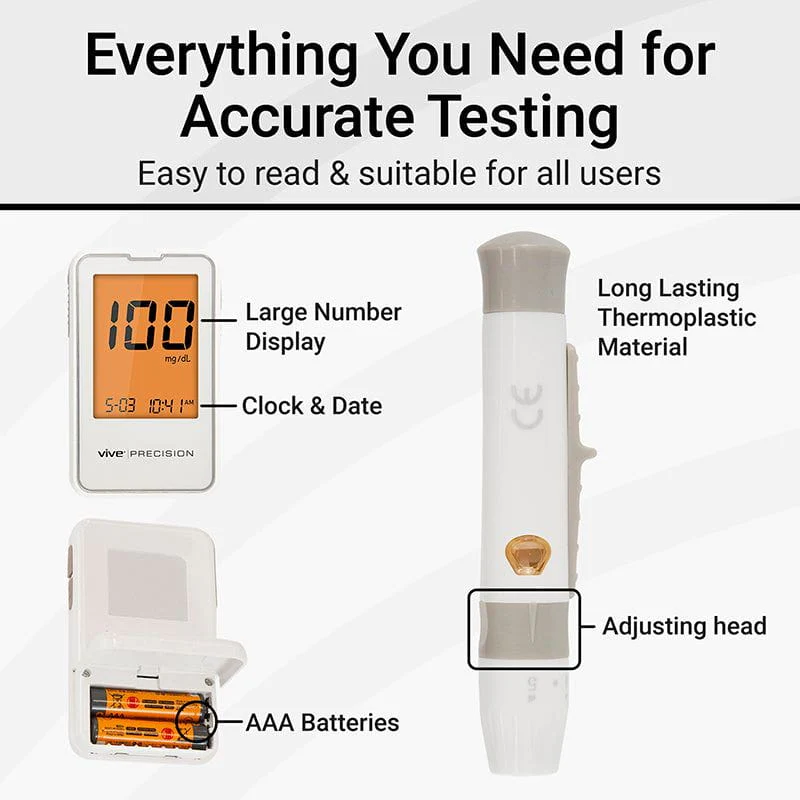
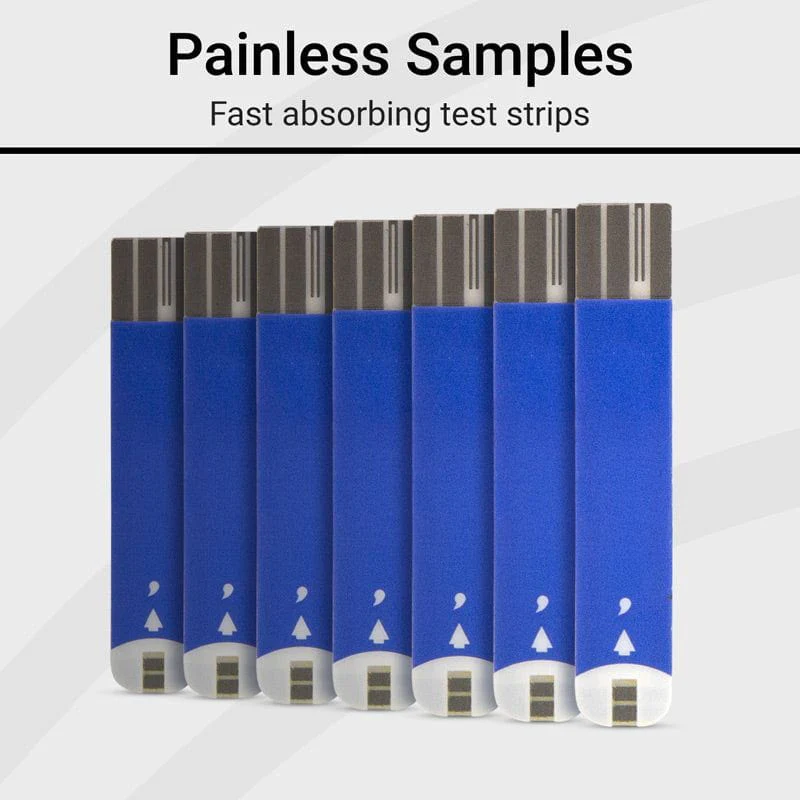
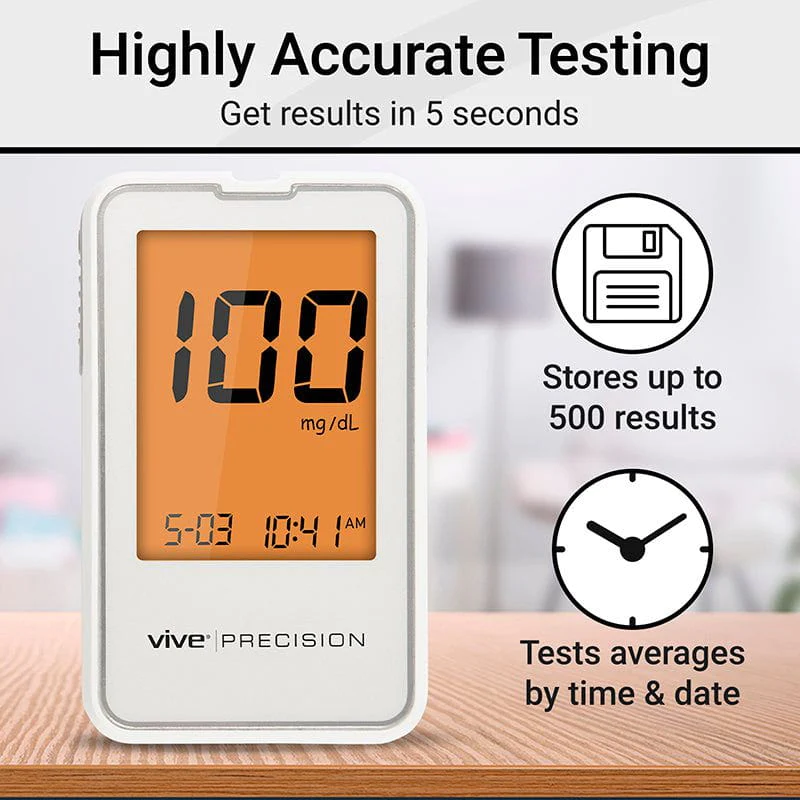
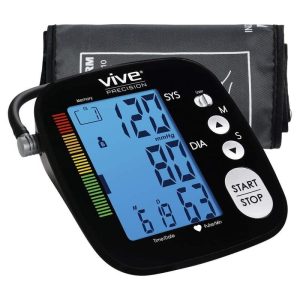
Reviews
There are no reviews yet.